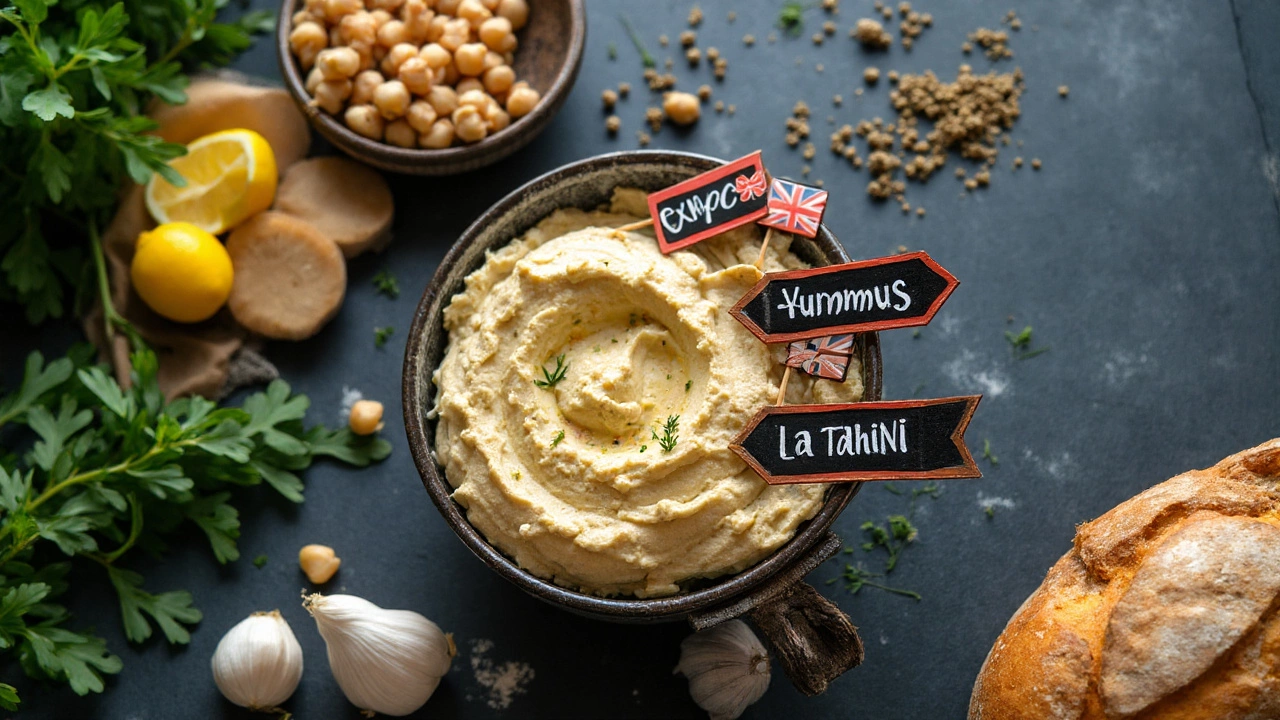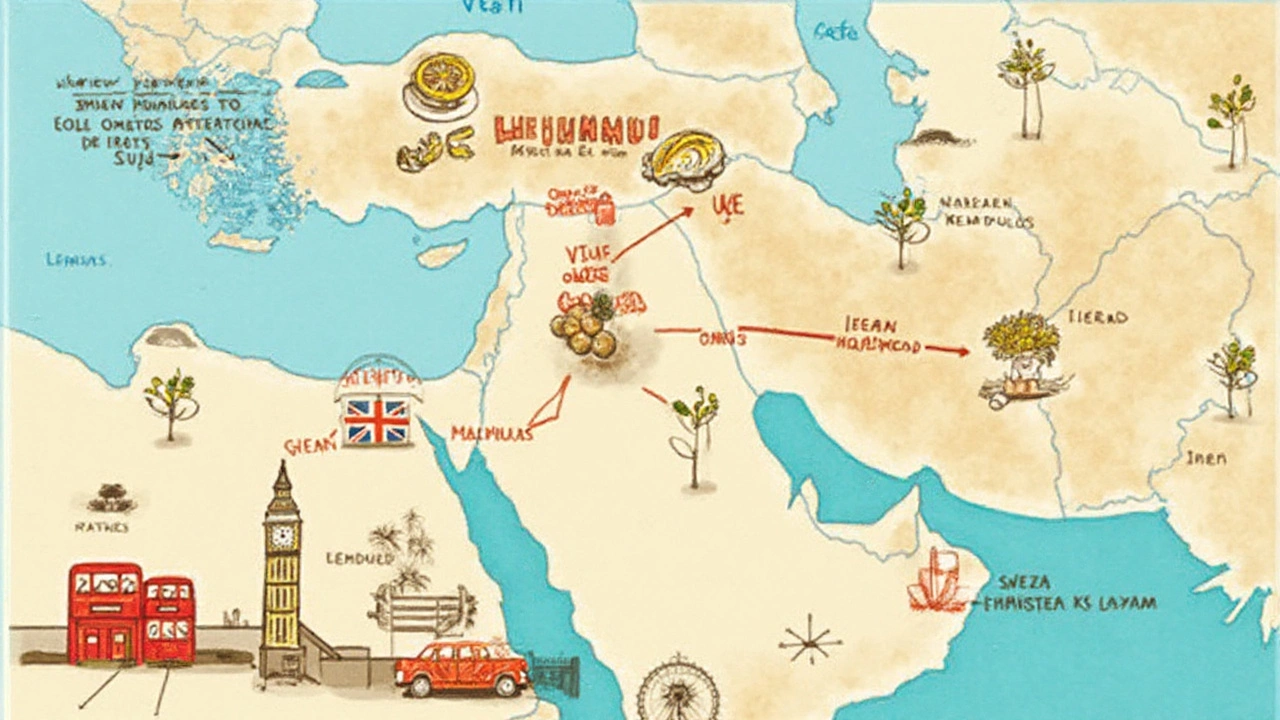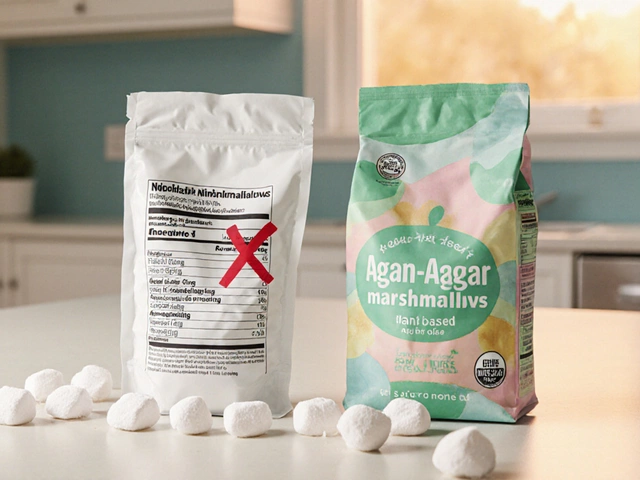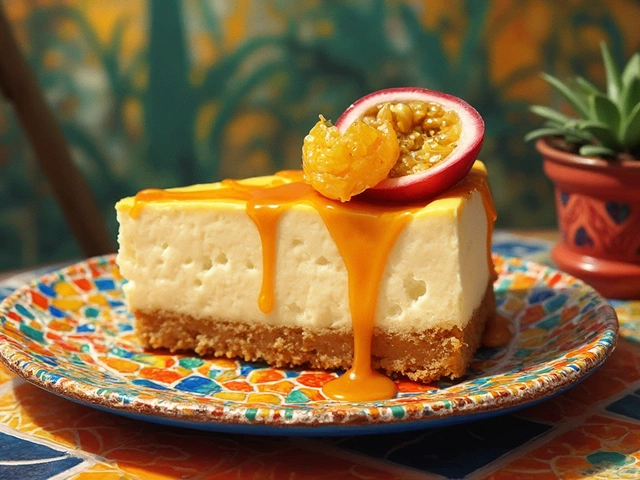It might surprise you, but just a few decades ago, hardly anyone at a regular family picnic knew what hummus was. Now you’ll find it nudged next to carrots at potlucks, smeared on sandwiches at fancy cafes, and even packed into kids’ lunchboxes as the 'healthy' dip. The part that's got everyone curious: can vegans eat hummus? It almost seems like the answer should be too obvious—after all, it’s mashed chickpeas, right? Still, stories swirl on forums and social media, and every now and then, someone will claim they saw hummus with milk powder or even eggs. So, let’s break down the real story about hummus and vegan diets, look at what’s in it, how hummus fits with vegan eating, and why it has become such a superstar snack with plant-based folks around the globe.
What Exactly Is Hummus? History, Ingredients, And Myths
Hummus might feel like a trendy new thing, but it’s actually ancient, with the first recorded versions dating back to 13th-century Egypt. It’s always been a staple in Middle Eastern and Mediterranean food—think Egypt, Israel, Lebanon, Palestine, Turkey, Syria, and Greece, where people have eaten something close to what we call hummus now for hundreds of years. The word ‘hummus’ literally means ‘chickpea’ in Arabic. Traditional hummus is super simple: chickpeas, tahini (that’s ground sesame seeds), lemon juice, garlic, olive oil, and maybe a sprinkle of salt. That’s the classic base. No dairy, no eggs, no secret animal ingredients unless someone tries to get very creative—and not in a good way.
Still, as hummus's popularity zoomed around the globe, new flavors and commercial brands started popping up—sun-dried tomato hummus, chocolate hummus, spicy jalapeño versions, and all sorts of fusions you’d never see at a Tel Aviv kiosk. Most classic recipes and mainstream brands stick to the plant-based script, but some limited-edition or off-beat versions might sneak in things like Greek yogurt, feta, or added honey for a twist. Homemade versions sometimes surprise too if the cook is being experimental. So, while almost every hummus you meet is vegan, double-checking the label—or grabbing a quick look at the ingredients—can clear up any doubt.
People often confuse hummus with other Middle Eastern dips like labneh (which is made from strained yogurt, definitely not vegan), or baba ganoush (which is typically vegan but can get dairy-fied at some restaurants). If it’s creamy and labeled 'spread,' it’s not always safe to assume it's vegan. But real, basic hummus? Plant-based to its core.
What Makes Hummus A Vegan-Friendly Option?
So, why does hummus land in so many vegan meal plans? Let’s get specific. The star is the chickpea, or garbanzo bean, which is a plant-based powerhouse. Packed with protein, fiber, iron, and folate, chickpeas give hummus that creamy heft that keeps snackers full. Tahini brings healthy fats and a unique flavor, while lemon and garlic make it pop. Olive oil offers more healthy fat and helps blend everything together. Tossed up, you’ve got a balanced, filling food that's free of animal products and that plays nicely with just about any plant-based diet.
Here’s something cool: the average serving of hummus (about 2 tablespoons) contains around 50–70 calories, 2 grams of protein, up to 2 grams of fiber, and less than 3 grams of fat—with zero cholesterol. Check out the easy-to-read table below with nutrient stats for classic store-bought hummus per 100g serving:
| Nutrient | Amount |
|---|---|
| Calories | 166 kcal |
| Protein | 7.9 g |
| Fat | 9.6 g |
| Fiber | 6.0 g |
| Carbohydrates | 14.3 g |
| Sugar | 0.3 g |
| Cholesterol | 0 mg |
Hummus is one of those rare foods that works great as a dip, a spread, a sandwich base, or even straight-up by the spoonful (we’ve all been there, don’t worry). It doesn’t try to imitate animal-based foods or hide its realness behind processed mysteries. It’s just honest food that stands up nutritionally in a vegan eating plan. The one thing you’ll want to watch? Salt—because commercial brands sometimes go heavy to boost flavor. But you’ll never find any animal-derived ingredient in true classic hummus. Curious what protein-packed vegan food looks like? Hummus is a poster child.

Storebought Hummus: Vegan By Default Or Hidden Surprises?
The supermarket shelf these days is a minefield of flavors and brands with hummus plastered in big cheerful letters. Most of these tubs keep it simple: chickpeas, tahini, lemon, garlic, oil, and seasonings. Sabra, Tribe, Boar’s Head, Cedar’s—these are giants in the hummus world, and most of their core flavors are vegan by default. They even mark it right on the label! That said, even trusted brands can spring a surprise with new flavor trends. Think ranch-flavored hummus, buffalo-style, or everything bagel hummus. Some varieties might add sour cream or yogurt powder, so always flip to the ingredient list—especially with ‘bold’ or ‘limited edition’ lines.
Here’s a quick tip: watch for dairy names like yogurt, cheese, milk protein, or cream—those are obvious flags. Honey is sneaky in ‘sweet’ blends or low-sugar hummus aimed at kids. And if you see ‘natural flavors,’ it’s a bit vague, but these are almost always plant-based for hummus—though if you’re very strict about hidden animal ingredients, shoot a quick email to the brand. Still, if you’re hunting for a quick vegan snack, the odds are happily in your favor in the hummus aisle.
Don’t overlook local or freshly made hummus at co-ops and Mediterranean bakeries—that stuff often skips preservatives and might just be the tastiest option on the block. Most shops will brag if a dip is ‘house-made,’ so ask the staff or check for a hand-written ingredients sign. Another perk? Local spots tend to have fewer salt and oil than mass-market tubs. If you’re extra cautious, there’s no shame in a quick ingredients rundown, but classic hummus almost always stays true to its roots and keeps it 100% vegan.
How To Make Vegan Hummus At Home—And Get Creative
Want absolute control over your hummus? A food processor, a can of chickpeas, a scoop of tahini, and a few kitchen staples get you there in maybe ten minutes. Here’s a starter formula to whip up classic vegan hummus:
- 1 can (15 oz) chickpeas, drained and rinsed
- 1/4 cup tahini
- Juice of 1 large lemon
- 1-2 garlic cloves, minced
- 2 tablespoons olive oil
- 1/2 teaspoon salt
- 2-3 tablespoons cold water (add more for smoothness)
Blend everything in a food processor until smooth—scrape the bowl, taste, and see if it needs more lemon or garlic. Add water a tablespoon at a time for a creamy texture.
This is your blank canvas. Swirl in roasted red peppers, oil-cured olives, sun-dried tomatoes, or a pinch of smoked paprika. For protein power, blend in edamame or white beans. Love spice? Jalapeños or harissa paste are magic. If you want totally oil-free hummus, leave out the oil and up the tahini or water until it’s right for you. Looking for zero waste? Save your chickpea water (aquafaba) and use it instead of plain water for extra fluffiness.
Homemade hummus doesn’t just save cash—it lets you dodge preservatives, cut down on plastic, and experiment with flavors you actually love. Freshly made, it’s naturally gluten-free, nut-free (unless you use nut butter for a twist), and always vegan when you stick to the core ingredients. Friends coming over? Make a hummus trio with different toppings—herbed, spicy, and classic—for an effortless snack tray that will keep everyone reaching for pita chips and celery.

Vegan Hummus: Nutrition, Uses, And Fun Facts
Hummus does two things for vegan diets: it fills gaps where other snacks fall short (no more sad carrot sticks) and it loads you up with macros most people struggle to hit. Fiber keeps you full, and protein in the chickpeas fills a rare spot for plant-based eaters looking to avoid soy or nuts. Iron and folate help out—especially since iron can be tricky to get on a vegan diet, and chickpeas are surprisingly rich in both.
In terms of uses, hummus is a kitchen MVP. Spread it on toast with sliced tomatoes for a speedy breakfast. Dollop it onto baked potatoes. My favorite? Layer it into wraps with grilled veggies and a dusting of za’atar. If you’re bored of the dip routine, blend hummus with extra lemon and olive oil to make a salad dressing, or use it as a base in vegan pasta salads. Some people even bake it into savory breads or use it to stuff mushrooms. Hummus brownies exist too—just sub black beans, blend in cacao powder, and sweeten with maple. Yes, it’s a thing!
And did you know that countries have gotten into spats over who “owns” hummus? Lebanon broke the Guinness World Record in 2010 by making a 10-ton serving of hummus, sparking a friendly rivalry with Israel and Palestine. The world adores hummus, eating nearly $1 billion worth every year in the U.S. alone. It’s now more likely to show up at Super Bowl parties than most cheese dips.
Quick tip: if you want hummus that tastes extra lush—blend the tahini and lemon first, then add the chickpeas. This whips the tahini to its fluffiest before it even meets the beans. And to avoid garlic that’s too raw, try roasting it first. A little extra step, big reward. Still worried about hidden dairy or animal ingredients? Stick to classic brands, or just go full DIY. That way, your vegan hummus never leaves you guessing.





